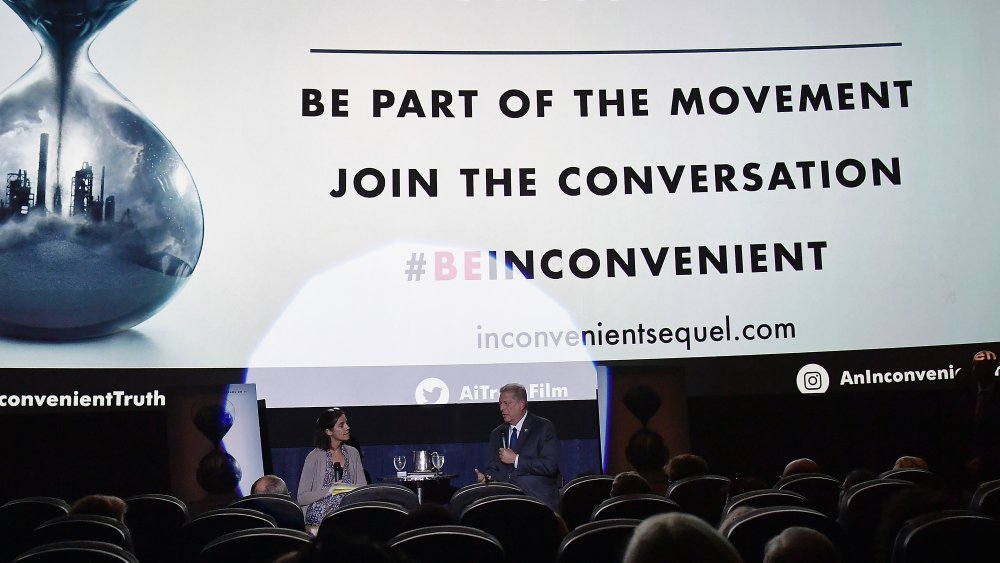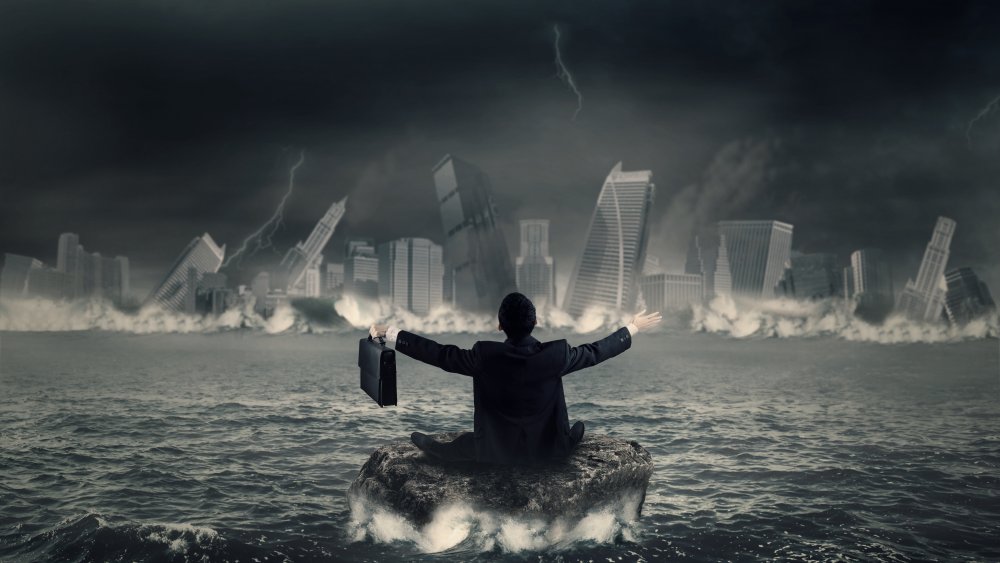What 2006's An Inconvenient Truth Got Wrong About Climate Change
Eleven years after the release of his Academy Award winning film An Inconvenient Truth, Al Gore returned with the follow up An Inconvenient Sequel: Truth to Power. Some critics, like Nick Allen writing for Roger Ebert, leered in response: "The documentary follow-up proves to be less about global warming than propping up a hero awkwardly desperate to captivate audiences again like he did eleven years ago." Others, like a review in the Hollywood Reporter, pointed out that Gore no longer has to argue with his critics: "Now Gore can ditch the animation and show footage of Super Storm Sandy."
While the first take's fun in the way that negative reviews can be enjoyable, the second one speaks to the importance of An Inconvenient Truth. Back in 2006, climate change did not weigh on people's minds as much as heavily as today, thanks to the fires, pandemics, floods, and hurricanes. The broad basis of Gore's message has been proven correct, which Ice Data Center scientist Walt Meier summed up in a interview with the National Snow & Ice Data Center in 2006: "Unless we quickly reduce the present rate of carbon dioxide increase and subsequent temperature rise, we will be committing ourselves and our planet to that melting, and to the rise in sea level that will follow." The need for a mass, societal change is real, as humans contemplate a world of firestorms and sinking cities. There is nothing incorrect about these claims. However ...
The truth is still inconvenient ... but details matter
That caveat aside, there are things that the film got wrong about the future. Al Gore's depictions of San Francisco and Florida disappearing under the rising sea level played up drama at the expense of accuracy. The model used was a highly sped-up version of a pessimistic prediction: in reality, if humans do reach that point, it would likely take centuries, as Dr. Ted Scambos admitted in an email to HowStuffWorks. However, the image of America flooding was probably more effective at getting people to realize the dangers of climate change than a series of graphs laying out the possibilities.
The film's other inaccuracies are either of this type, or were simply rendered inaccurate by changes in scientific understanding. "Within the decade, there will be no more snows of Kilimanjaro," Al Gore exclaimed, only for snow to have remained on Kilimanjaro. But UMass scientist Doug Hardy also wrote to HowStuffWorks, stating "Some portions... are likely to still be more than 40 meters [131.2 feet] thick in 2020, with some ice likely to be there in 3-4 decades. Nonetheless, all glaciers on the mountain continue to shrink." And he predicted an increase in hurricanes, only for hurricanes to decrease over the decade, according to Science News, though studies still suggest that by 2100 there will e an increased amount of powerful storms.
That said, while Al Gore isn't psychic — nor would he claim so — the core truth of An Inconvenient Truth remains inconvenient.

